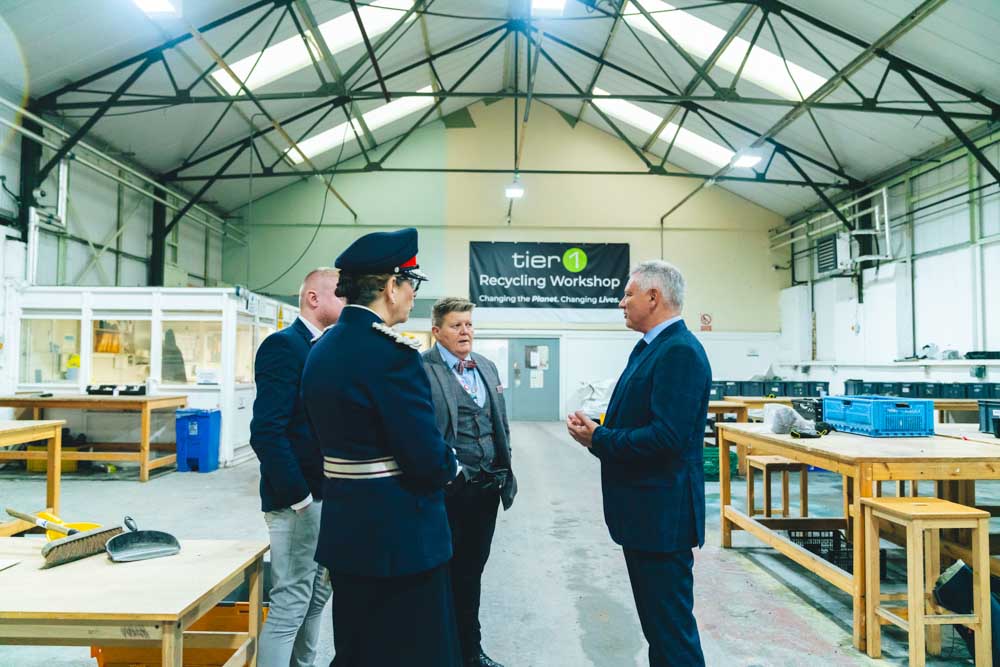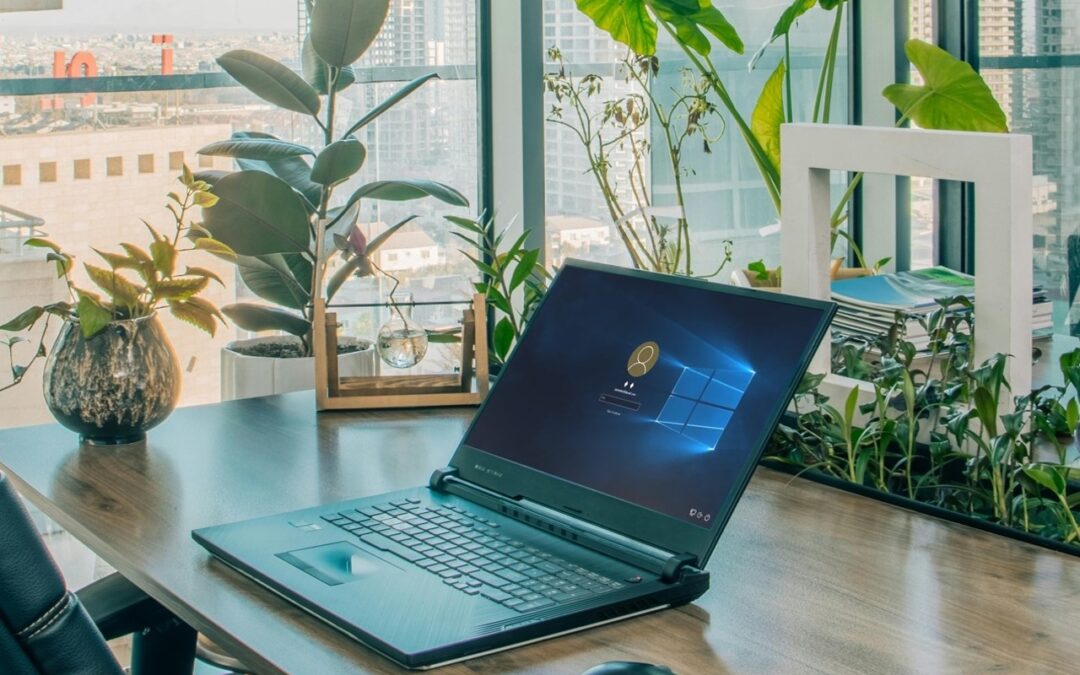Leveraging the Circular Economy as Part of your CSR
The era of business profligacy has been under immense scrutiny and pressure over recent years, and it is now probably safe to say that inefficiency in most areas of business has come to an end. Social responsibility played a huge part in this process, as well a business commitment to the environment, without even considering outright company profitability and efficiency.
In days gone by, business margins existed. Eking out every last penny from sales or services simply was not necessary, as high margin business was plentiful. Selling or serving more clients was a much more efficient route to higher profits than seeking minor cost savings through business efficiencies. How things change. Now we see previously inefficient shale gas extraction, which was once considered totally non-viable, as a solid and profitable business. Along with a plethora of consultancy-based businesses searching out cost savings on utility services and other areas of supply chain within business, new profit channels have evolved. A parasitic approach perhaps, but a whole ecosystem has been created.
Looking for cost savings and efficiencies is now as important to many businesses as core sales or services delivery. Indeed, the bottom line of many businesses can be made or broken by this very activity, such are the limited margins available in most businesses. Buying more efficient company vehicles, cost savings made with utilities such as electricity, and tweaking raw material prices all adds to the year-end figures. However, one area that is often overlooked is that of IT and specifically IT hardware and simple access device lifecycle.
When and How to Replace IT Assets
There are a number of key elements to be considered when potentially maximising the secondary utilisation and considering the decommissioning of IT hardware. There may be lifetime timescales in place, often dictated by accounts departments writing down values of hardware over a number of years, and the accountancy-based amortisation of new equipment. Critically though, neither of these bean counter approaches take into account the acceptable or declining efficiency of the hardware, and its impact on business and specifically operator output.
So, when does IT hardware officially die? With IT hardware there is an accepted rule that over time, efficiency decreases. This is often in part true, and is usually due to inefficient maintenance. Malware, virus invasions as well as build up in storage that saps memory and processing power are all issues that can be rectified relatively easily to prolong the life of hardware. But what are the options when end of life care is deemed inefficient?
The actual use of IT equipment needs to be considered alongside age and specification. Programmers and designers will require high resource equipment and can be more efficient in output with higher spec devices. It is quite safe to say also that accountancy and daily office duties require machines that are effectively word processors and internet access vehicles. To that end, minimum specification is usually acceptable. However, IT departments have historically employed a broad-brush approach to the decommissioning and replacement of computer, server and phone assets with little consideration to matching specifications to end user requirements.
Leaving the perceived end of life disposal of IT equipment to specialists has a number of benefits. Firstly, it can be established if the equipment is actually ‘end of life’ or if there are repair and rectification opportunities that are efficient to implement to prolong device usage. Secondly there is the opportunity to sell on the end of life equipment to specialists who can repair, recycle and reuse. This will involve the safe data cleansing of any machines that contain company data prior to any rectification or upgrades that the equipment may require.
There are two very obvious benefits to adopting this approach. One is that the life of equipment may be prolonged, negating the requirement for investment in new machinery. Secondly, as part of a business’s social responsibility, recycling ensures that green targets are being met as well as the potential PR and feel good factors that are also delivered.
Why Buy New?
One further consideration that is an integral part of used IT disposal considerations is, of course the actual physical replacement of the asset. Simply sourcing the same equipment brand new, that is the newest and latest version, with upgrades in many areas simply may not be necessary. A high-quality reconditioned piece of IT hardware can not only represent a huge saving on buying new, but may also deliver in all areas of performance requirements.
Taking just a little extra time when making decisions regarding essential IT equipment disposal and replacement can have a big impact on bottom line performance in Enterprise class business. Engaging the services of a specialist to assist with this means that data security is not an issue that may come back with a nasty bite, but also prolongs the life of many pieces of equipment whilst making capital spend unnecessary. Rather than deferring a fiscal issue, efficient reconditioning of IT equipment extends life and saves money. And with a recognition of limited Earth resources, the CSR responsibilities of your organisation are being met
Increasingly being requested to ‘fill in the gaps’ of the lifecycle supply of ICT that a traditional multi-vendor approach tends to exhibit, tier1 have over 25 years experience in supporting organisations with their IT requirements. Contact us today to find out more.



